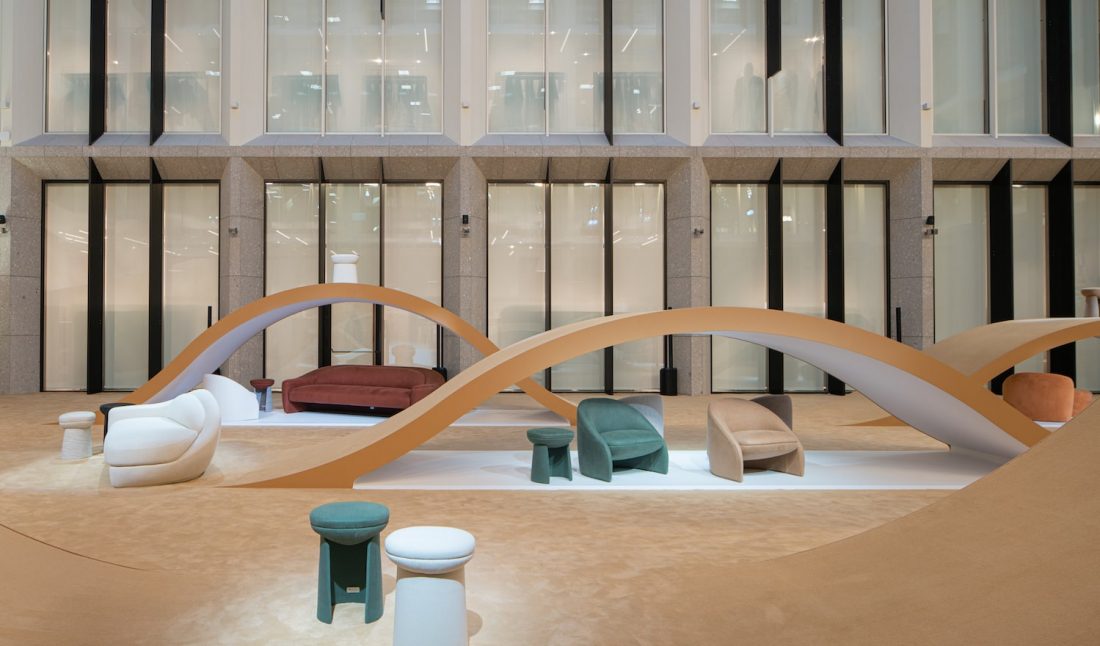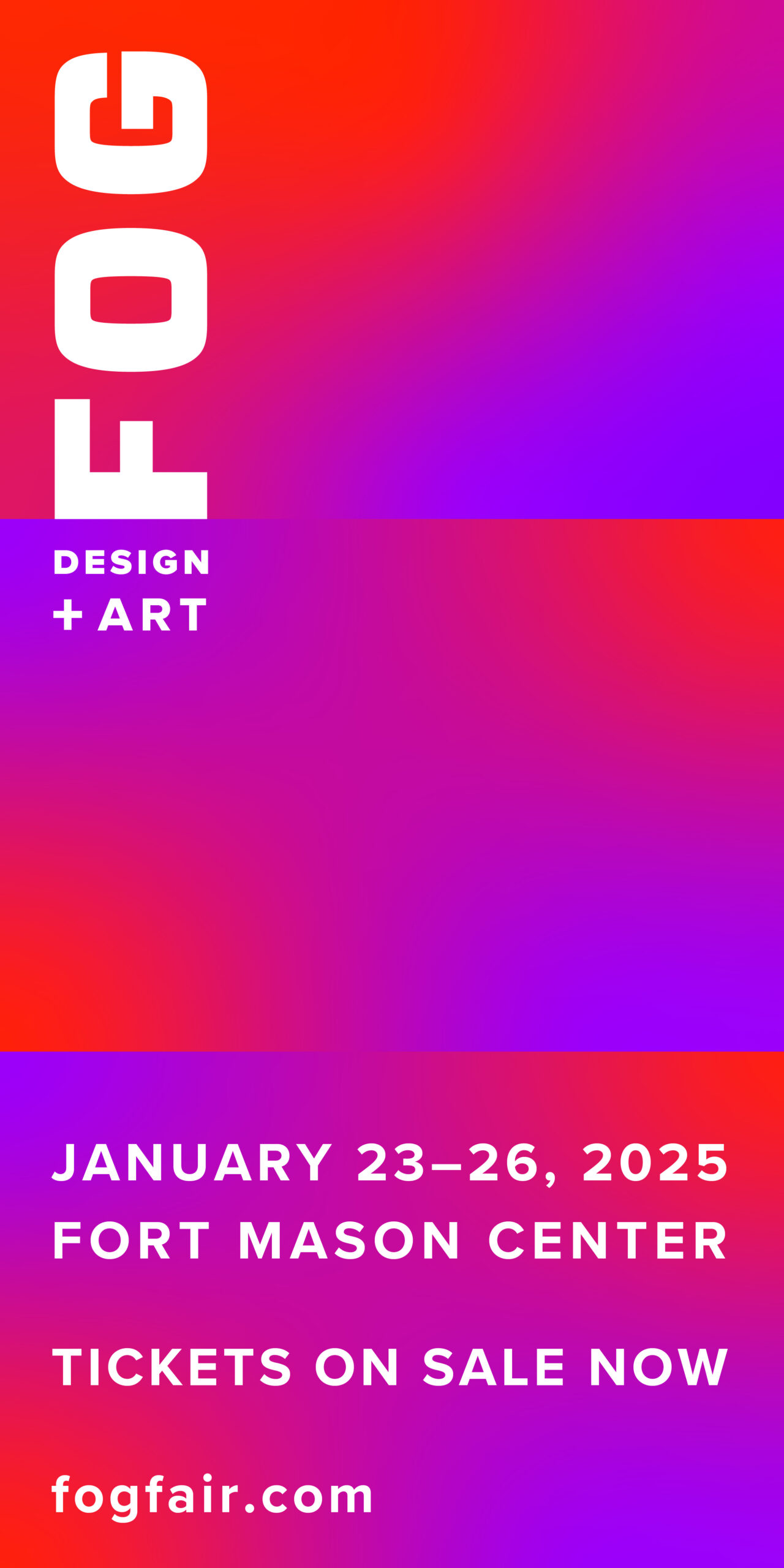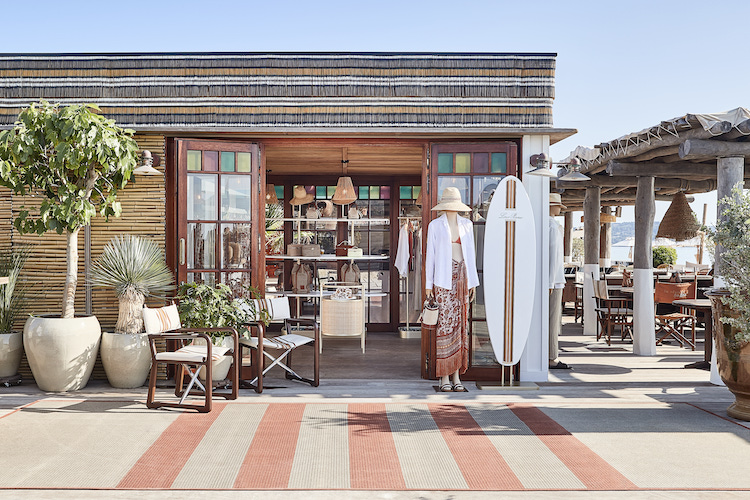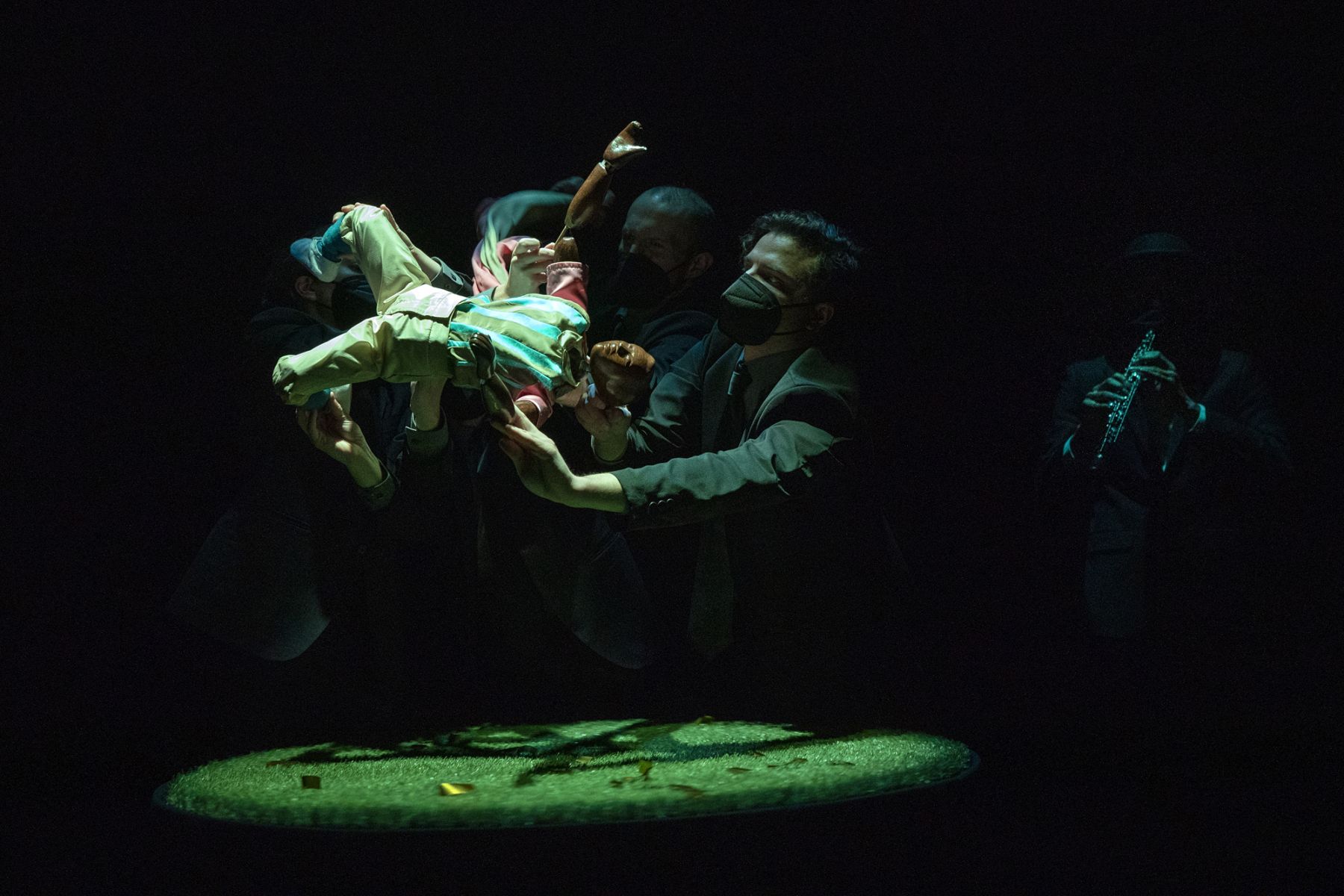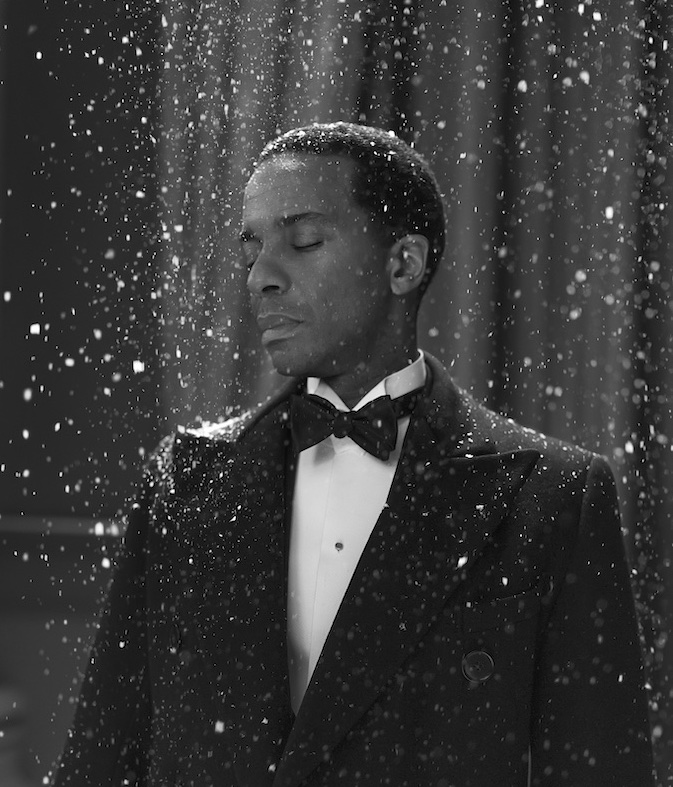Loro Piana’s dedication to the highest-quality fabrics dates back to 1924, when Pietro Loro Piana founded the company in Valsesia, Italy. Hailing from a family of wool fabric merchants in nearby Trivero, Piana aimed to maximize generational craft and artisanal know-how. That approach launched the company into avant-garde territory— translating hand-selected high quality raw materials into some of the world’s best cashmere and wool fabrics. Unparalleled in its production, Loro Piana grew to create its own collection of men’s and women’s clothing and accessories, centering on the finest of fabrics in fashion.
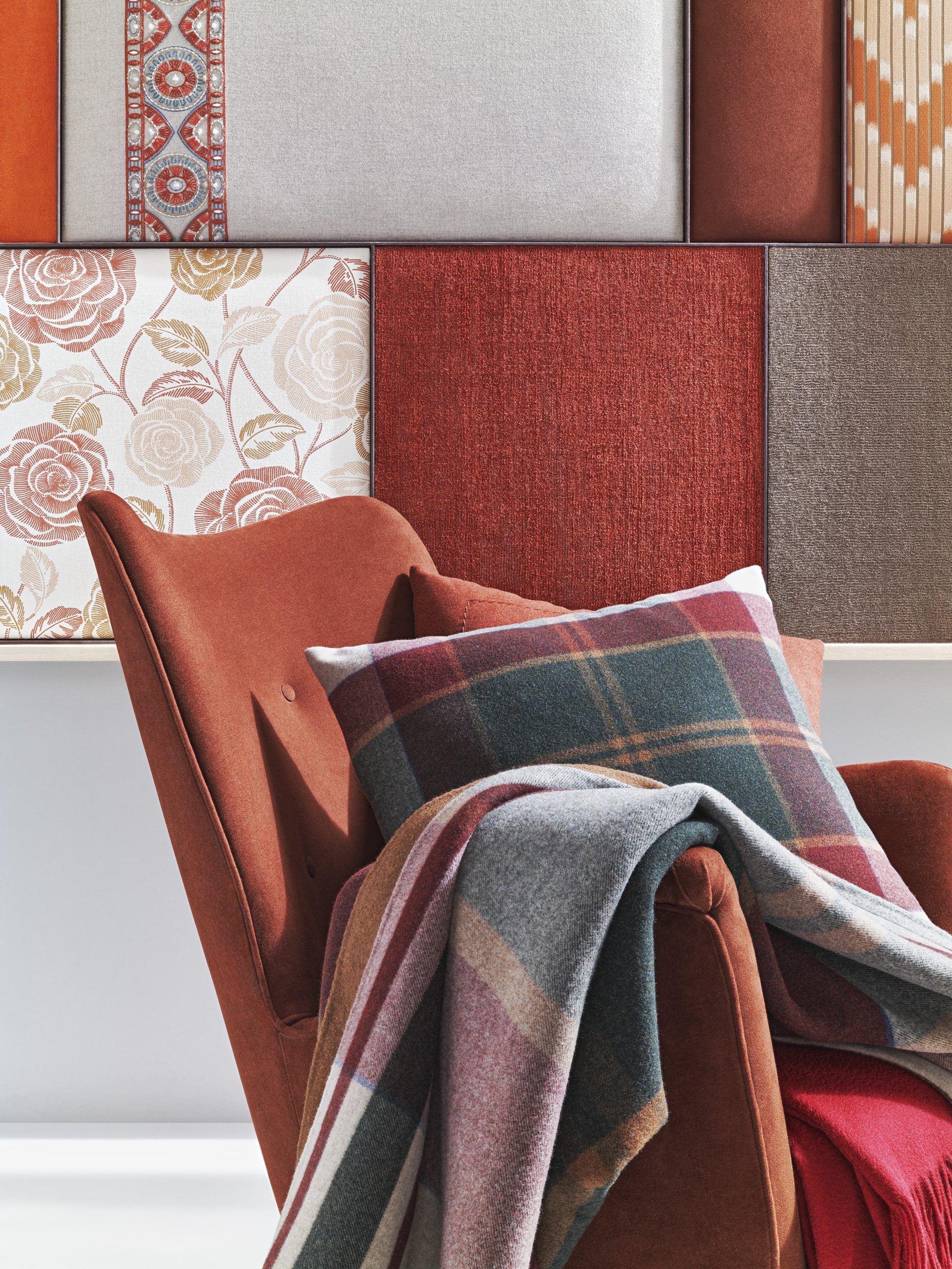 Courtesy of Loro Piana.
Courtesy of Loro Piana.
To do so over the past century, Loro Piana has established its headquarters in Milan and expanded its Italian production site from one location to nine (plus another in Mongolia), to produce cashmere, vicuña, and wool at the hands of more than seven hundred employees. Earlier this year, Whitewall traveled to the Valsesia region to explore two of these factories—in Roccapietra and Quarona—to see how Loro Piana fabrics are made. Imported, treated, dyed, and spun spools of yarn lined the walls and filled numbered barrels as far as the eye could see. On site scientists in an upstairs office surveyed threads under microscopes; factory workers downstairs monitored yarn on countless electronic spools, spinning at lightning speed; and a team of dedicated seamstresses sat behind looms and tables of flat and hanging fibers, creating one-face, double-sided, and jacquard textiles, among others.
At the brand’s headquarters, we experienced Raphael Navot’s installation for Milan Design Week, too. Against an installation backdrop inspired by the Mongolian desert, rolling hills of the brand’s Cashfur—a blend of cashmere and silk—covered the floor. Atop each texture peak were furniture pieces by the French designer upholstered in Loro Piana fabrics, all building from his first piece for the brand last year, The Palm Duet Chaise Longue. Next door, the company’s brand-new interiors store was also open, welcoming guests to chairs, pillows, bedding, bathrobes, and more goods made with the very luxe fabrics for which the brand has been sought after for decades.
In 2006, Loro Piana launched an interiors collection to offer textiles to designers and clients interested in adding a touch of cashmere or wool to private homes, offices, yachts, and jets. Three years ago, it moved further into the design field, creating a collection of chairs, sofas, lounges, and daybeds with the sumptuous comfort of Loro Piana fabrics, in collaboration with names like Raphael Navot and Paola Navone. Curious about the move from fabric to fashion and furniture, we sat down with its director of interiors, Francesco Pergamo.
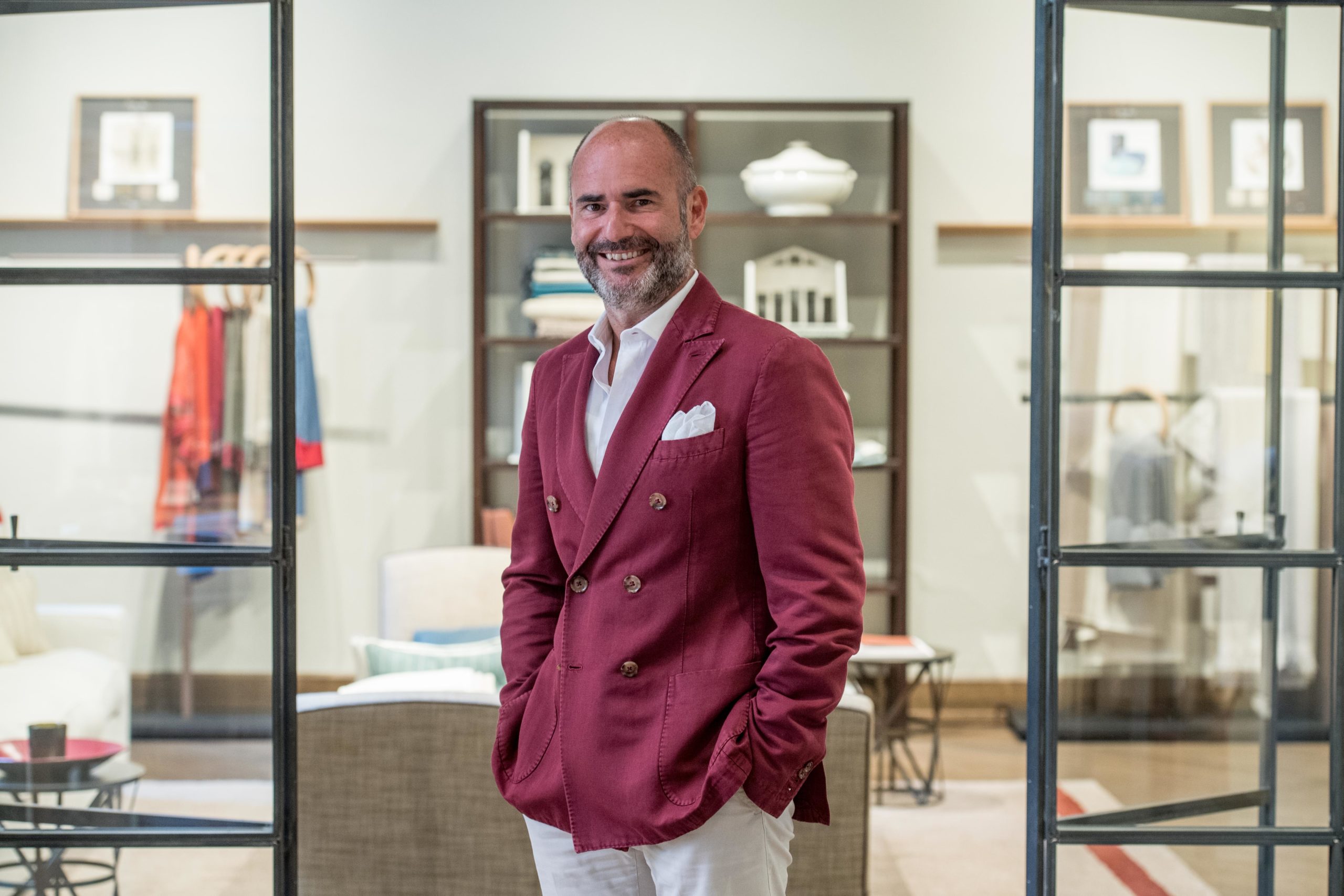 Francesco Pergamo, Director of Loro Piana Interiors, courtesy of Loro Piana.
Francesco Pergamo, Director of Loro Piana Interiors, courtesy of Loro Piana.
WHITEWALL: You’ve worked at Loro Piana for 18 years—in marketing, both the men’s and women’s divisions, leather goods, and more. You moved to overseeing the interiors department three years ago. How is your role at the brand today informed by your past experiences?
FRANCESCO PERGAMO: When I took over this division, we were selling fabrics to the designers and the trade. What we wanted to do is move into a lifestyle world. We are not only selling those fabrics and accessories now, but creating projects for ourselves and establishing partnerships with important partners like manufacturers, hotel chains, and designers. This is the evolution of the division and where we’d like it to go in the future.
My experience has been in managing product development teams, so I brought in the process of creating a collection, collecting input, thinking in advance, and the idea of the finished product.
WW: The interiors department at Loro Piana has been around since 2006. How do you want to showcase the interiors collection on a global design stage like Milan Design Week?
FP: We wanted to move from selling fabrics to showing our customers how this fabric would look on a piece of furniture. In the past, we started with very simple pieces of furniture—like a simple armchair—to show it, because selling fabric by the yard isn’t the same as selling it on a piece of furniture. Then we said, “Why don’t we develop our own line of furniture?”
We started developing these designs, and moved into something more contemporary, which was born from common values we have with Rafael Navot, who was buying our fabrics three years ago. He was the first French designer in our showroom to really fall in love with our Cashfur and making furniture with it. After borrowing his sofa for a presentation in Paris, we then asked him to design something for us. During the pandemic, we had a lot of exchanges, and he came out with this beautiful armchair. After that, I asked, “Why don’t we develop a full line of furniture? Why don’t we enlarge this family, but still with the same spirit of function and ergonomics? Something that gives you a sense of comfort and follows the shape of your body.” After that debrief, it was easier for us to deep-dive into the brand.
WW: How is the 2022 interiors collection inspired by the heritage of Loro Piana, which features for the first time motifs and embroideries?
FP: My idea was that we have beautiful bases and luxurious fabrics—wool, cotton, linen, and cashmere—why don’t we show what can be done using those bases? So we did embroidery and print, a little jacquard. It was about showing a second level of expertise. The first is making a beautiful fabric; the second is making a beautiful treatment of the fabric.
We thought about something that was already in our heritage and reproduced it for the collection. The stripe and the check are everywhere in Loro Piana. Many motifs are from men’s suiting our textile roots. Everything comes from the masculine wardrobe, but it’s a pure and refined taste that fits in every house.
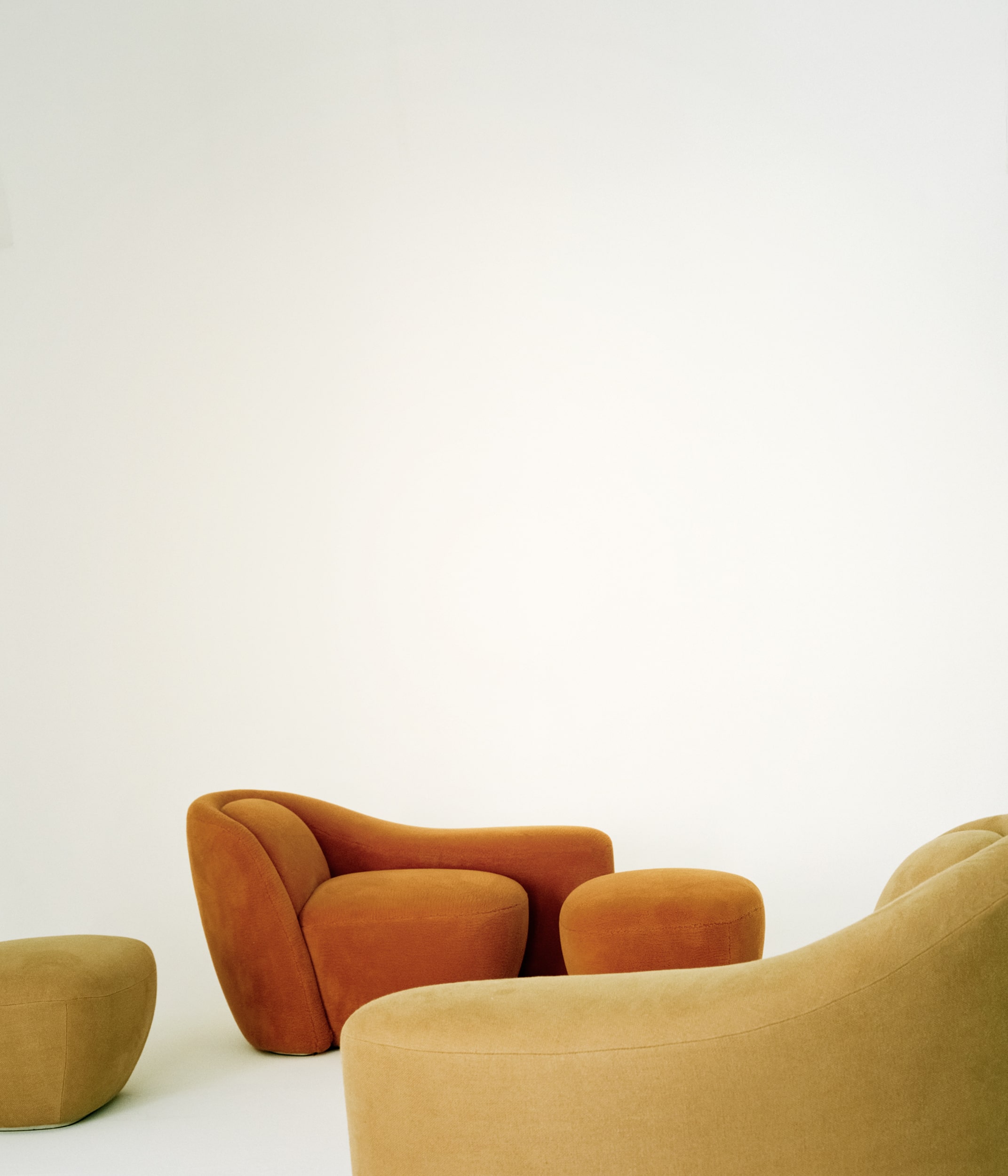 Courtesy of Loro Piana.
Courtesy of Loro Piana.
WW: The pandemic has impacted the way people think about brick-and- mortar stores. Why was it important for the brand to open one?
FP: I think that it’s not just a store; it’s a home. It’s important to show how the things fit together, displayed in a place where you can breathe the atmosphere. We are approaching the digital world and tools, but we are a company of touch. We need a place where you can touch every object and appreciate the softness. This sense of belonging is very important to me
and to my colleagues, not just for buying, but for feeling. It’s also a very flexible space, where you can dismantle walls, move things around, and aren’t forced to have anything built in.
WW: What is your home like?
FP: I’m a very traditional guy and love old buildings, so my house is a Milanese apartment from the beginning of the 20th century, with high ceilings and stuccos and a beautiful marble fireplace. I don’t dare too much with the colors and the textile; I like one strong accent. My sofas are white linen, and my daybed is pink. I have one room, the dining room, which is full black—from the floor to the ceiling. I like the colors to appear in art, so I collect mostly paintings and sculptures. That’s where I dare.
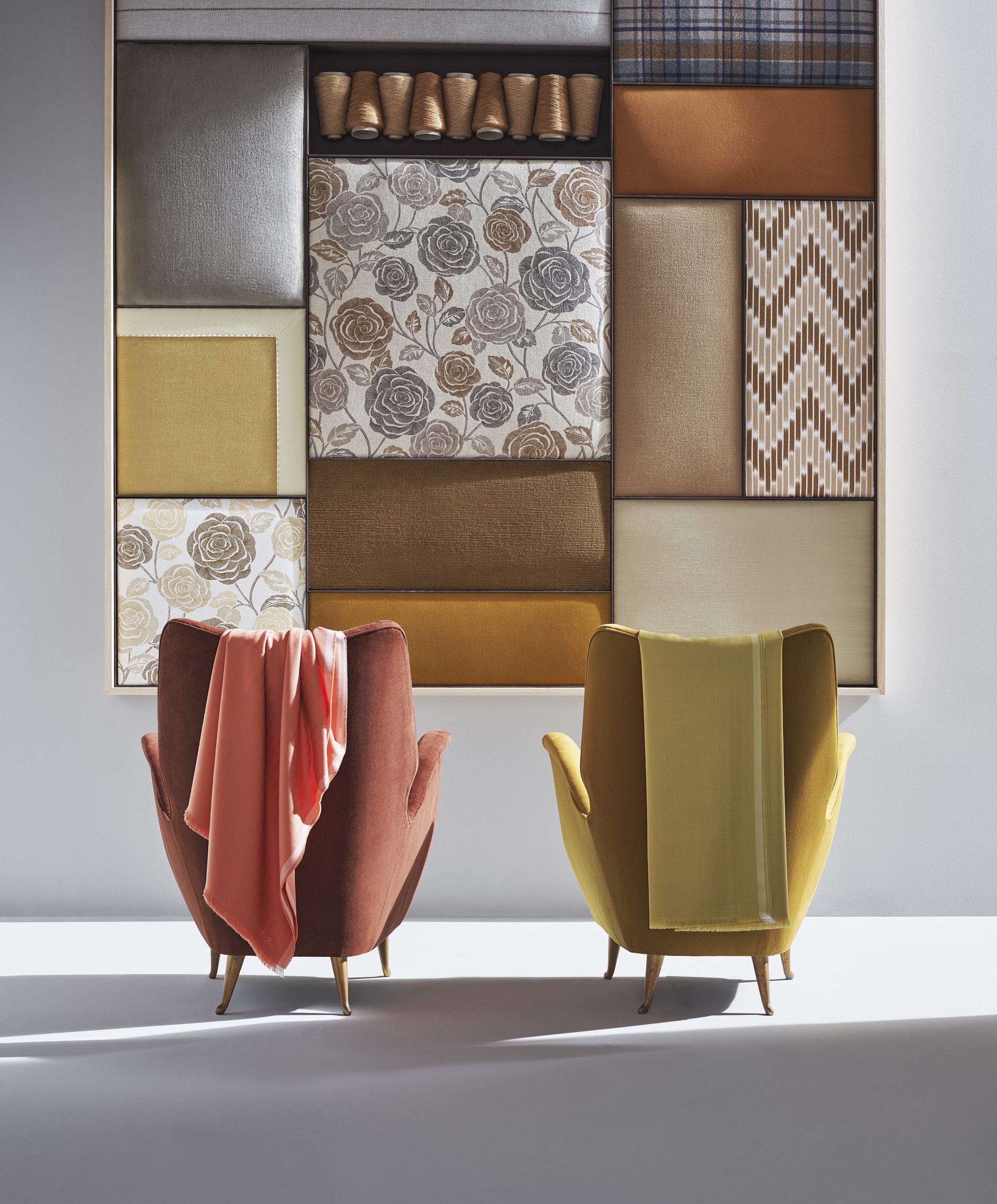 Courtesy of Loro Piana.
Courtesy of Loro Piana.






